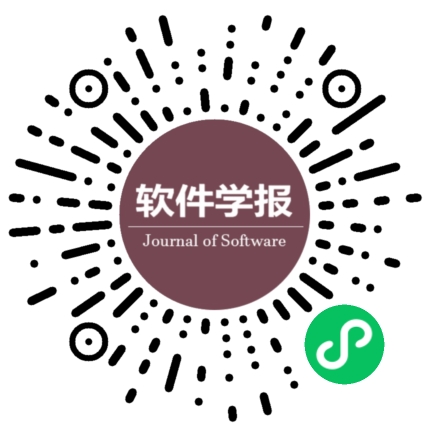牛长安(1997-),男,学士,CCF学生会员,主要研究领域为软件工程,自然语言处理.
李传艺(1991-),男,博士,助理研究员,CCF专业会员,主要研究领域为软件工程,业务过程管理,自然语言处理.
葛季栋(1978-),男,博士,副教授,CCF高级会员,主要研究领域为软件工程,分布式计算与边缘计算,业务过程管理,自然语言处理.
周宇(1981-),男,博士,教授,博士生导师,CCF高级会员,主要研究领域为智能化软件技术,云计算,大数据.
唐泽(1994-),男,硕士,主要研究领域为代码摘要,API补全.
骆斌(1967-),男,博士,教授,博士生导师,CCF杰出会员,主要研究领域为软件工程,人工智能.
李传艺,E-mail:lcy@nju.edu.cn
国家自然科学基金(61802167,61972197,61802095);江苏省自然科学基金(BK20201250);华为-南京大学下一代程序设计创新实验室合作协议子项目
National Natural Science Foundation of China (61802167, 61972197, 61802095); Natural Science Foundation of Jiangsu Province, China (BK20201250); Cooperation Fund of Huawei-NJU Creative Laboratory for the Next Programming
引用本文
牛长安,葛季栋,唐泽,李传艺,周宇,骆斌.基于指针生成网络的代码注释自动生成模型.软件学报,2021,32(7):2142-2165
复制相关视频
分享
文章指标
- 点击次数:
- 下载次数:
- HTML阅读次数:
历史
- 收稿日期:2020-09-15
- 最后修改日期:2020-10-26
- 录用日期:
- 在线发布日期: 2021-01-22
- 出版日期: 2021-07-06
文章二维码

版权所有:中国科学院软件研究所 京ICP备05046678号-3
地址:北京市海淀区中关村南四街4号,邮政编码:100190
电话:010-62562563 传真:010-62562533 Email:jos@iscas.ac.cn
技术支持:北京勤云科技发展有限公司



